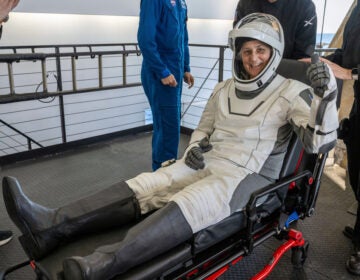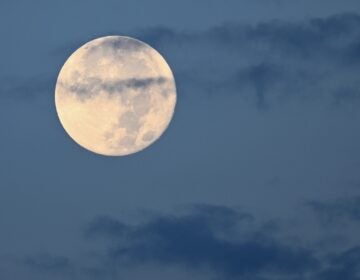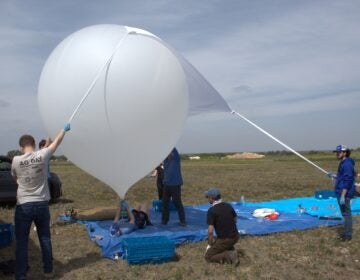Twice Upon a Time…
Listen 00:06:34Sun’s Original Twin: What happened to it? UC Berkeley astronomer Steven Stahler and Sarah Sadevoy of Smithsonian Astrophysical Observatory, have been studying how single stars form. Data collected in different surveys of the Perseus stellar nursery supports a model in which single stars seem to form first as binaries, then, depending on the distance between the stellar nuclei, they either stick together as binaries or break apart becoming single stars. The new study suggests this is how all single, low mass stars – sunlike stars – originally develop. So what happened to our star’s sibling? Because of the extreme distance between the two – 17x the distance between our star and the planet Neptune- the two nascent stars separated. One became our star while the other moved off to become one of the many other stars in this region of the Milky Way.
Once the sun formed, which planet came first? According to astronomer Thomas Kruijer of University of Munster Germany and Lawrence Livermore Labs in California, it’s …Jupiter!
The Summer Solstice arrives on Wednesday at 12:24 am. The Solsitce occurs when Earth reaches a point in its solar orbit where the rotational axis is at its maximum northern tilt towards the sun. The tilt allows apparent path of the sun across the sky to have a larger arc of travel, providing more hours of daylight. We’re up to 15 hours and 42 seconds of daylight, which is 5 hours and 40 minutes more than Winter Solstice.
Sunset dwells at 8:33 until July 4th, then starts to drop back.
By 10 p.m., Saturn is now well up in the southeast with Jupiter in the southwest.
On Wednesday morning at 4:45 a.m., the thin waning crescent moon and Venus are together just before sunrise.
WHYY is your source for fact-based, in-depth journalism and information. As a nonprofit organization, we rely on financial support from readers like you. Please give today.




